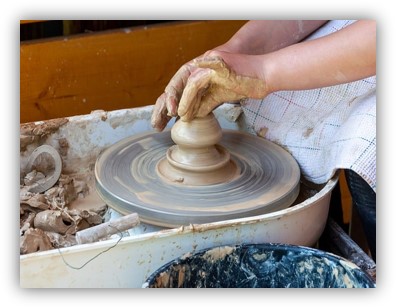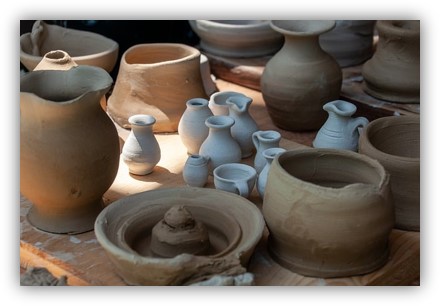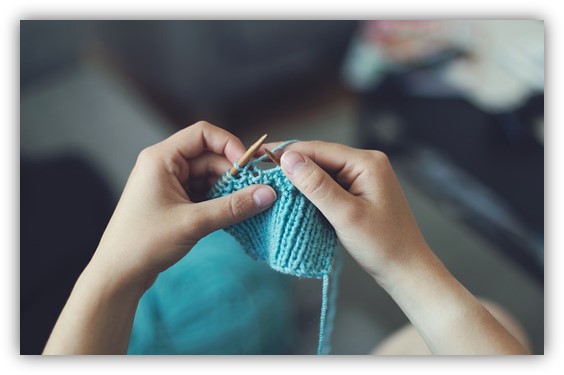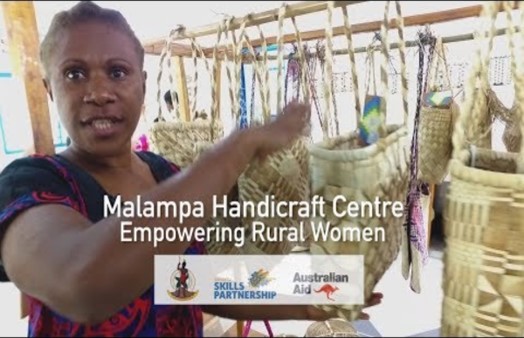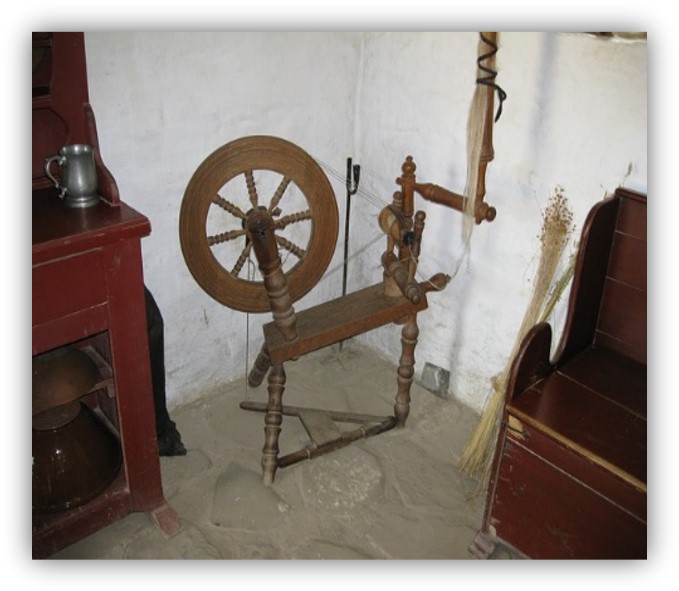|
What to know before starting? What to know before starting?
 What will you learn? How much time will it take? EQF level Who created the content and will recognise your learning? Let’s start... but first think…
 Let’s start... but first think…
Handicrafts products Handicrafts products
 Where to start creating handicraft products? 1. Concept and Design:
2. Material Selection:
3. Crafting:
4. Finishing:
5. Quality Control:
6. Packaging and Presentation:
7. Marketing and Selling:
Inspiration and design ideas
 Where to get ideas for projects? Sources of inspiration and suggestions for handicraft projects can come from nature, architecture, everyday objects, local cultural heritage, monuments, thematic blogs, websites with tips, social media platforms (such as YouTube), where you can find many ideas for simple projects. For beginners who are just starting out, the best projects are those that do not require complicated tools or advanced skills. Jewellery is very popular. Handmade jewellery is incredibly original and people often buy it. Other ideas for handicrafts :
Sales opportunities for handicrafts
 Where to promote handicrafts?
Sources Sources
 Images downloaded from pixabay: |
The tutor has to engage the participants in all times. It is important to always keep attention and motivation high. The use of digital tools or other resources depends on the delivery method chosen and on the characteristics of the participants of the classroom. It is important therefore to understand well the classroom in order to adapt the method of training.
Fatal error: Uncaught Error: Call to undefined function abajo_pl() in /var/www/vhosts/uprural.eu/httpdocs/ficha_pl.php:1037 Stack trace: #0 {main} thrown in /var/www/vhosts/uprural.eu/httpdocs/ficha_pl.php on line 1037

 Play Audio
Play Audio 



 Discover where to start creating handicraft products.
Discover where to start creating handicraft products. 10 minutes
10 minutes





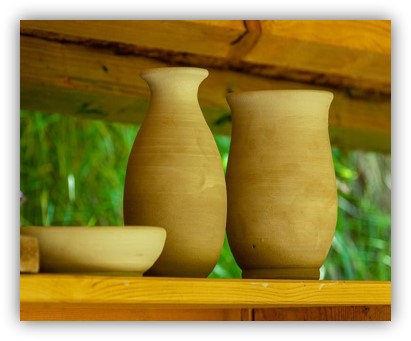
 - Stages…
- Stages…